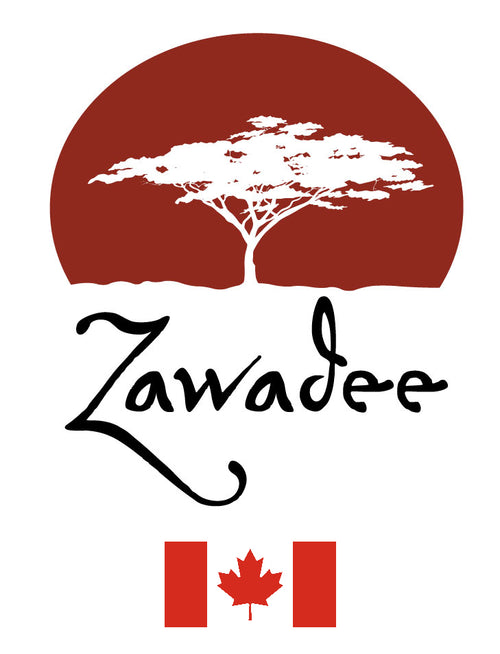 The Popularity of African Sculptures
The Popularity of African Sculptures
The way we choose to decorate our homes today is very different than how our parents’ homes were decorated. While art has always been an important part of décor, it is more common today for homeowners to take more leeway, often incorporating unique and eye catching pieces of art. As a result, African sculpture is more frequently encountered in home decor.
Why? African sculptures have a unique look, are available expertly handcrafted and lend themselves well to becoming a focal point of a room. African sculpture and art can give your home a distinct look and feel.

 Brief History of African Sculptures
Brief History of African Sculptures
African art and sculptures are just as diverse as the continent of Africa. Design, spirituality, and aesthetics all vary based on the region, ethnicity, religion and experience of the artist.
The origin of African sculptures dates back thousands of years. Even though hand carved sculptures are created by a large variety of cultures, the overarching theme or influence is the use of human and animal form in the design. Sculptures tend to be abstract; have tribal, ceremonial and ritualistic meaning; and are carved using many different materials such as wood, porcelain and stone, with wood being the most popular.
Mpingo (African Blackwood) is often used. You can see from the picture - below - why the Mpingo Tree is referred to as "blackwood"! Actually, the colour can range from slightly reddish to a very dark black shade.

Source: Wikipedia, Creative Commons, Labeled for Reuse
You will encounter the word "shetani". Interestingly, the word is both singular and plural in English! The correct Swahili word for more than one Shetani is "mashetani".
Shetani are spirits of mythology and popular belief. They are mostly held to be malevolent and possess different shapes and powers. Shetani are widely represented in Makonde sculpture and are mostly found in Tanzania, Kenya and Mozambique.


Let’s review what you need to know about purchasing African sculptures.
Key Purchase Considerations
-
Do your homework: Dig deeper into African culture by researching the items you are interested in purchasing. The more you read, the better. There are many intricate details that you need to be aware of, and they are often specific to the region the sculpture comes from.
-
Know what you are buying: Every African sculpture has a specific meaning and symbolism embedded in the design. Be conscious of this when considering different sculptures, especially if meaning is an important factor in your purchase decision. Consider the cultural, ethnic, symbolic and regional associations of the piece.
-
Research the seller: This cannot be overstated. Always look into the seller you are considering purchasing from. No one wants to be taken advantage of, and it is more likely to happen when purchasing things that are not your area of expertise. Look into the seller, read reviews, and contact them directly if you have questions.
-
Double check authenticity: Unfortunately, fakes and replicas do exist, and people will try to pawn them off on unsuspecting consumers. If you question the authenticity of a piece, contact an expert, especially if you are considering an expensive piece.
-
Double check the size and materials: Always verify the size of a sculpture and check the dimensions to ensure they are what you expect and will fit where you envision placing the sculpture. Also, double check the material the sculpture is made from.
-
Some variation from the photo can be expected: Expect some variation from the photo when you receive the sculpture in person. Things like slight variance in color and/or minor details will appear different when you see them in person.
-
Don’t forget to factor in shipping costs: Shipping costs are to be expected for any item that is purchased online. However, many African sculptures’ shipping costs will be based on their weight. Make sure to build these costs into your budget.
- After purchase care: One thing that many people forget to look into is how to properly care for and maintain the African sculpture once they get it home. In general, hardwood is more durable and easy to care for. Clean the sculpture according to the material that it is made from, and consult an expert for advice.
It is quite possible to start collecting African Sculpture without "breaking the bank". While it is true that some sculptures are worth thousands of dollars, it is quite possible to obtain a good piece for far less.
We're always happy to help. While we may not know the answer to your question, we can usually identify someone who will. Feel free to give us a call or drop us an email with your questions.




 The Popularity of African Sculptures
The way we choose to decorate our homes today is very different than how our parents’ homes were decorated. While art has always been an important part of décor, it is more common today for homeowners to take more leeway, often incorporating unique and eye catching pieces of art. As a result, African sculpture is more frequently encountered in home decor.
Why? African sculptures have a unique look, are available expertly handcrafted and lend themselves well to becoming a focal point of a room. African sculpture and art can give your home a distinct look and feel.
The Popularity of African Sculptures
The way we choose to decorate our homes today is very different than how our parents’ homes were decorated. While art has always been an important part of décor, it is more common today for homeowners to take more leeway, often incorporating unique and eye catching pieces of art. As a result, African sculpture is more frequently encountered in home decor.
Why? African sculptures have a unique look, are available expertly handcrafted and lend themselves well to becoming a focal point of a room. African sculpture and art can give your home a distinct look and feel.

